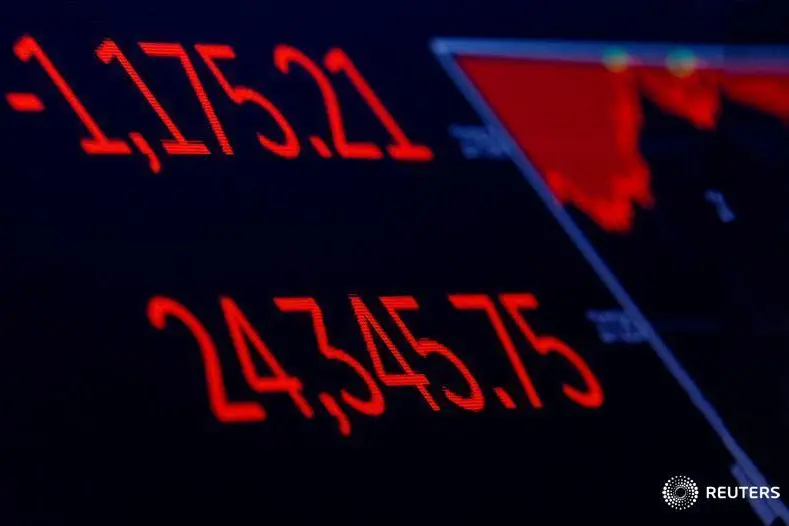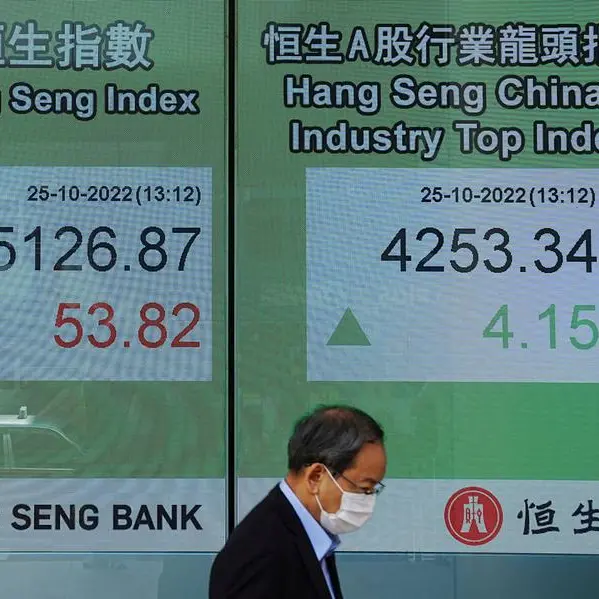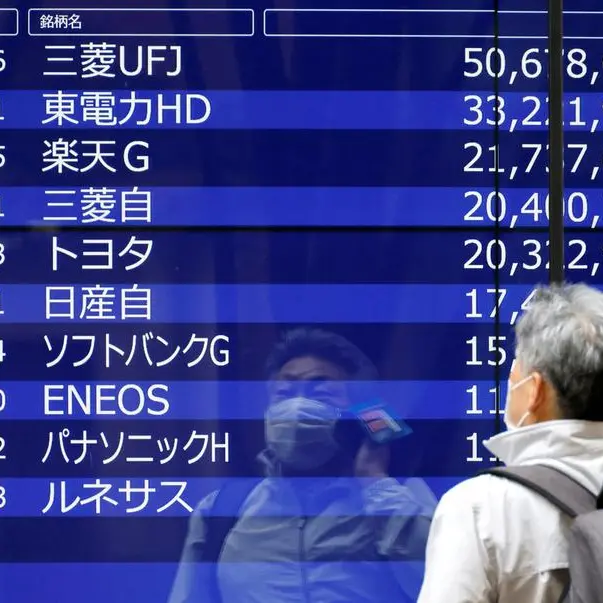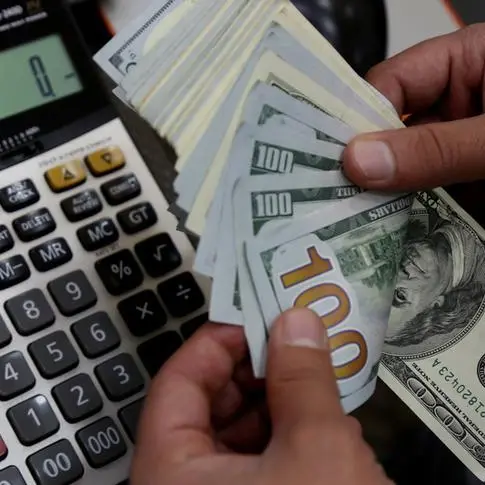PHOTO
- S&P, Dow Jones post biggest weekly gains since November
- European markets also post strong gains
- Oil rices rally on signs of slowing U.S, production, Opec-plus extension
- Dollar weakens, gold surges on signs of weaker U.S. economy
Global markets
Stock markets around the world posted strong gains at the end of last week as the release of disappointing economic data in the United States spurred traders to speculate that the Federal Reserve will need to implement a cut to interest rates.
The U.S. Labor Department's monthly jobs report showed that payroll numbers increased by just 75,000 in May, which was considerably below economists' expectations of around 185,000 new jobs. And although unemployment numbers remain at a 50-year low of 3.6 percent, wage growth also fell below economists' expectations.
Rather than dampening traders' expectations, both equity and fixed income markets surged on the expectation that the weaker numbers will spur the Fed into cutting rates in the second half of 2019.
Markets were also encouraged by signs of leniency in ongoing trade disputes, with the U.S. government granting a two week extension to Chinese exporters to get goods into the country before an increase in tariffs is due to be introduced. A deal on border security removing the immediate threat of further tariffs on Mexico was also agreed after markets closed.
The S&P 500 index rose 1.05 percent on Friday and the Dow Jones Industrial Average gained 1.02 percent.
“Right now the market is willing to accept disappointing growth in exchange for the prospect of lower rates,” Jack Ablin, chief investment officer at Cresset Capital Management, told Reuters.
Strong gains were also witnessed in European equity markets, with the Europe-wide STOXX 600 index rising 0.9 percent, while shares in France climbed 1.5 percent and in London by 1 percent.
Chris Beauchamp, chief market analyst at IG, said in a note that the U.S. jobs market report and subsequent stock market rallies capped "a very good weak for equity markets".
Oil prices
Brent oil crude futures gained 2.6 percent on Friday, closing at $63.29 per barrel, while U.S West Texas Intermediate futures around 1.6 percent higher at $54.04 per barrel, according to Eikon data.
Energy prices were supported by a Baker Hughes report on the U.S. oil production market which found that the number of rigs used by drillers fell by 11 in the week to June 7 to 389, which was the lowest weekly decline since April, according to Reuters.
The cuts have come in response to a steep decline in oil prices in recent weeks on the back of fears over global trade and future demand.
“Fears of an economic downturn has pushed oil into a bear market," Mihir Kapadia, the CEO of London-based Sun Global Investments, said in a note on Friday.
"Prices are still reacting to news updates from Washington as investors remain nervous about on-going Trump rhetoric with China and Mexico. With indications of a slowing global economy, investors fear the tariffs would further downgrade manufacturing output and therefore oil demand."
Middle East markets
Middle East markets will begin trading again on Sunday following a closure last week on the occasion of Eid Al Fitr.
Currencies
The U.S. dollar fell sharply on the back of the jobs market data published on Friday, falling by 0.52 percent against the euro at 1.133 and by 0.23 percent against the Japanese yen. Even sterling posted its first weekly gain against the dollar for five weeks, despite the ongoing uncertainty around Brexit as the governing Conservative party began the process of picking its new leader following Prime Minister Theresa May's departure.
In a note published on Friday, Lukman Otunuga, research analyst at FXTM, described the payrolls report as a "knockout blow" for the dollar. He said that although the unemployment rate in the U.S. remained at a 49-year low, the "overall flavour of the report was quite sour and this continues to be reflected in the dollar’s valuation".
"Market speculation over the Federal Reserve cutting interest rates is set to intensify," Otunuga said. "With labour markets showing some cracks, and concerns rising over persistent trade tensions negatively impacting the U.S. economy, dollar bears may take full control of the driver’s seat sooner than expected."
Precious metals
Gold prices hit a 14-month high on Friday on the back of weaker economic data, with the spot gold price climbing 0.45 percent to $1,340.80 per troy ounce, according to Eikon data.
Gold futures finished 0.27 percent higher at $1,341.20.
A note published by Saida Litosh of Refinitiv's GFMS team said that gold's rally since the end of May has been "supported by a sudden shift in market expectations" on how the world's central banks will react to weakening market data.
"With the global economic outlook tilting to the downside, in light of heightened political uncertainties and a rising threat of protectionism and economic vulnerabilities in emerging markets, the pressure on central banks to reconsider their policy stance has been growing like never before," Lintosh said.
(Reporting by Michael Fahy; Editing by Mily Chakrabarty)
(michael.fahy@refinitiv.com)
Our Standards: The Thomson Reuters Trust Principles
Disclaimer: This article is provided for informational purposes only. The content does not provide tax, legal or investment advice or opinion regarding the suitability, value or profitability of any particular security, portfolio or investment strategy. Read our full disclaimer policy here.
© ZAWYA 2019












